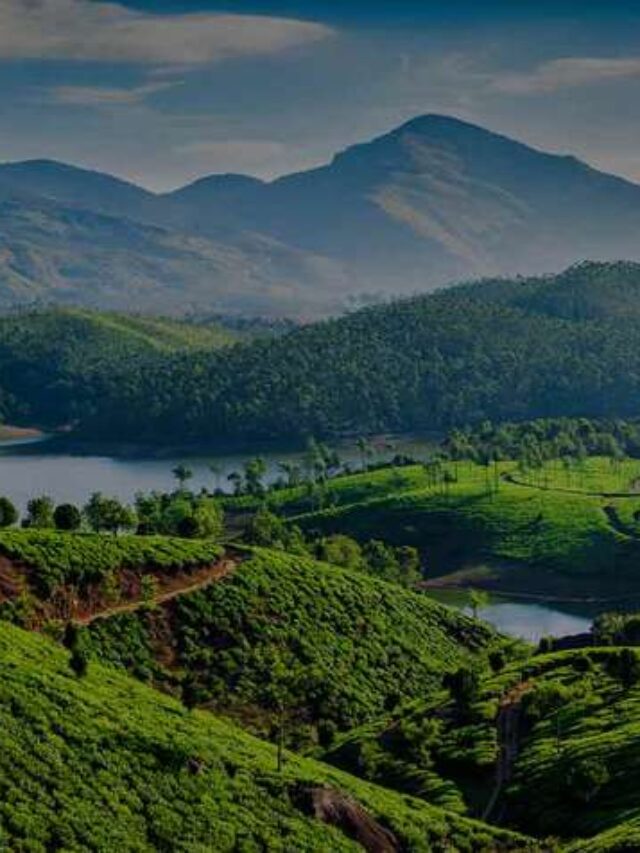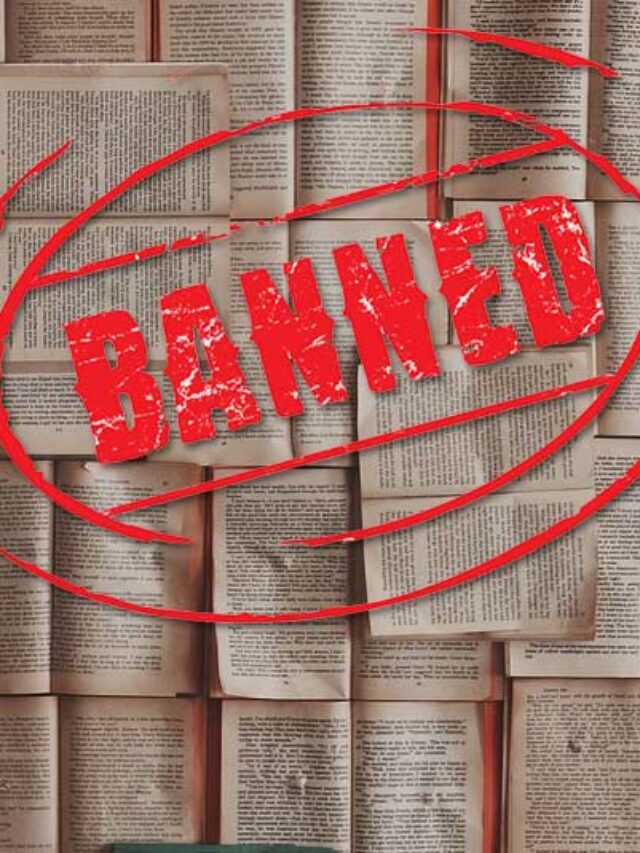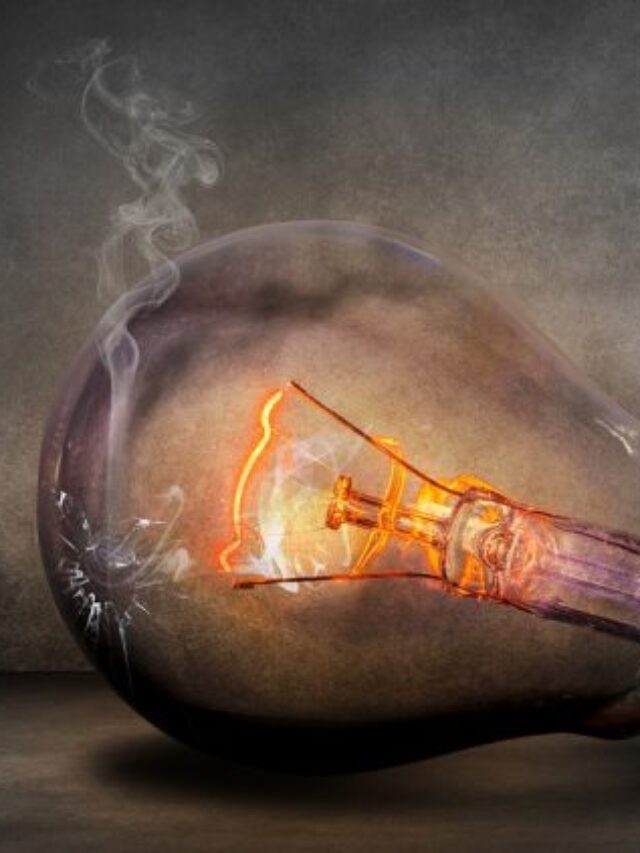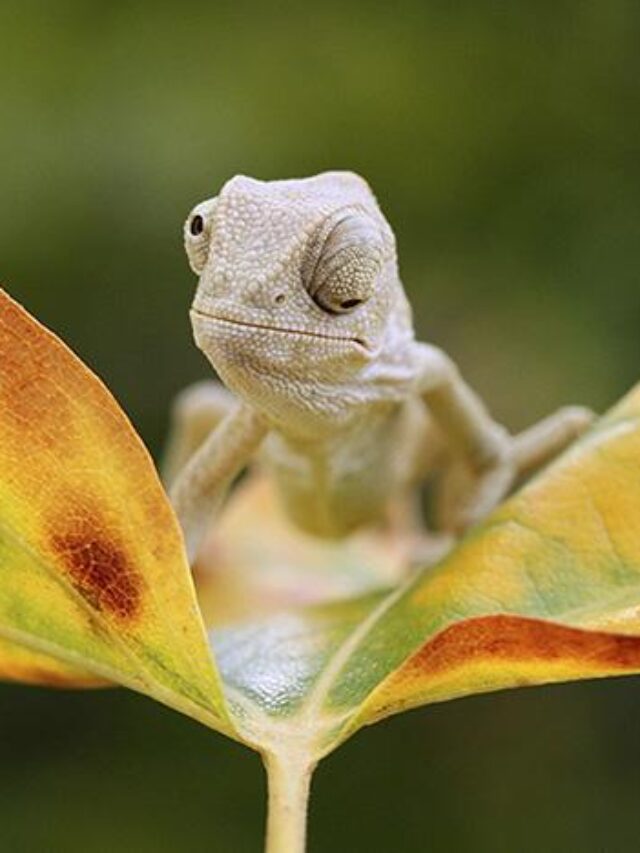
The post-Mauryan period in ancient Indian history witnessed significant transformations in political, social, and economic spheres. Following the decline of the Mauryan Empire, various regional powers emerged, contributing to a diverse and dynamic cultural landscape. This era marked the rise of new dynasties, the spread of Buddhism and Jainism, and the development of trade and commerce. Exploring the changes in post-Mauryan times provides valuable insights into the evolution of Indian civilization during this pivotal period.
MCQs with Answers and Explanations:
1. Who was the creator of Ravanabadha?
- Kalidasa
- Bhatrahari
- Batsabhatti
- None of the above
Show Answer
Correct Answer: Batsabhatti
“Ravanavadha” is a poem composed by the poet Bhatti, and it is renowned for its unique approach. While narrating the story of Lord Rama’s life, “Ravanavadha” incorporates the rules of Sanskrit grammar. This literary work serves as a creative and didactic medium, combining storytelling and grammar instruction in an engaging manner.
2. Which of the following was a great center for the manufacturing of Shataka in the post-Mauryan times?
- Varanasi
- Mathura
- Taxila
- Patliputra
Show Answer
Correct Answer: Mathura
In the post-Mauryan times, Mathura emerged as a significant center for the manufacturing of a special type of cloth known as “Shataka.” This type of cloth production represented an important industry in the region during that historical period.
3. Which of the following was the reason behind the increase in the manufacture of oil in the post-Mauryan period?
- Use of oil wheel
- Use of pumps
- More reserves found
- Oil was the center of the economy
Show Answer
Correct Answer: Use of oil wheel
The utilization of the oil wheel was a notable technological development during the post-Mauryan period. This innovation contributed to the increased production of oil. The oil wheel was a mechanical device that likely improved the efficiency of oil extraction from various sources.
4. Which forms of arts flourished in the post-Mauryan period?
1) Ivory work
2) Glass Manufacture
3) Bead cutting
Choose the right option:
- Only 1
- Only 1 and 3
- Only 2 and 3
- All 1, 2, and 3
Show Answer
Correct Answer: All 1, 2, and 3
The post-Mauryan period witnessed the flourishing of various arts, including ivory work, glass manufacture, and bead cutting. These artistic endeavors showcased the creative and skilled craftsmanship of the people during this era.
5. Which types of coins were minted during the post-Mauryan period?
1) Gold
2) Silver
3) Copper
Choose the right option:
- Only 1
- Only 1 and 3
- Only 2 and 3
- All 1, 2, and 3
Show Answer
Correct Answer: All 1, 2, and 3
During the post-Mauryan period, a wide variety of coins were minted to facilitate economic transactions. These coins included gold, silver, and copper denominations, reflecting the complexity of trade and economic activities in the region.
6. Which period saw the emergence of trade between India and the Roman Empire?
- Mauryan Period
- Post-Mauryan period
- Pre-Vedic period
- Vedic period
Show Answer
Correct Answer: Post-Mauryan period
The post-Mauryan period marked a thriving trade relationship between India and the Eastern Roman Empire. This trade network facilitated the exchange of goods and commodities between the two regions, contributing to economic growth and cultural interactions.
7. Which of the following was one of the major ports during the Indo-Greek trade?
1) Broach
2) Sopara
3) Tamralipti
Choose the right code:
- Only 1 and 2
- Only 2 & 3
- Only 1 and 3
- All of the above
Show Answer
Correct Answer: All of the above
Broach, Sopara, and Tamralipti were among the major ports involved in trade during the Indo-Greek period. These ports played pivotal roles in facilitating maritime trade and connections between India and the western world.
8. Which materials did the Romans export to India?
1) Wine
2) Pottery
3) Lead
Choose the right code:
- Only 1 & 2
- Only 2 & 3
- Only 1 and 3
- All of the above
Show Answer
Correct Answer: All of the above
During the trade between India and the Roman Empire, the Romans exported various goods to India, including wine, pottery, and lead. This trade flow allowed for the exchange of diverse products and contributed to cultural diffusion.
9. Which article formed an important item of export to the Roman Empire in the post-Mauryan times?
- Iron
- Gold
- Wine
- Pottery
Show Answer
Correct Answer: Iron
Iron articles formed an important item of export from India to the Roman Empire during the post-Mauryan times. This trade in iron products highlights the significance of Indian metallurgy and the demand for iron commodities in the international market.
Changes in Post-Mauryan times Notes for UPSC Exam








Leave a Reply